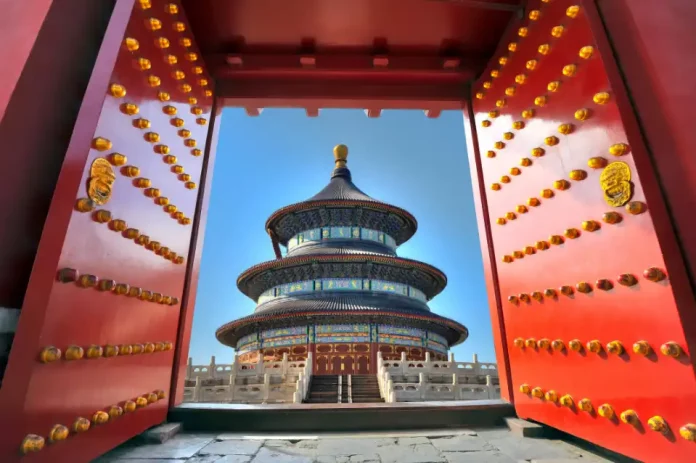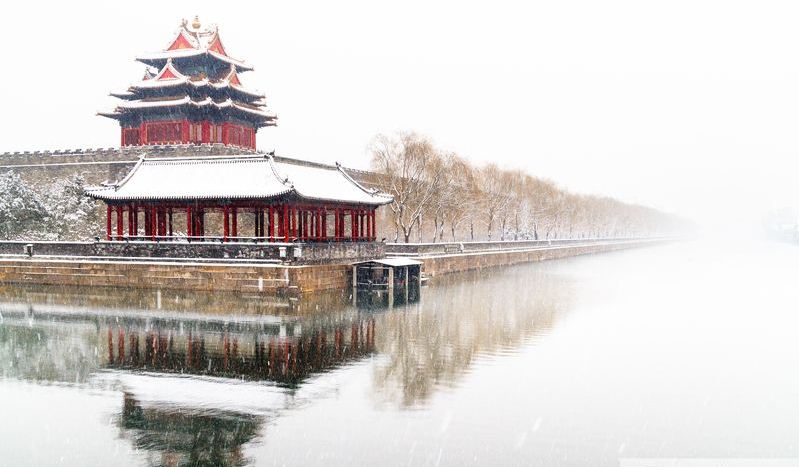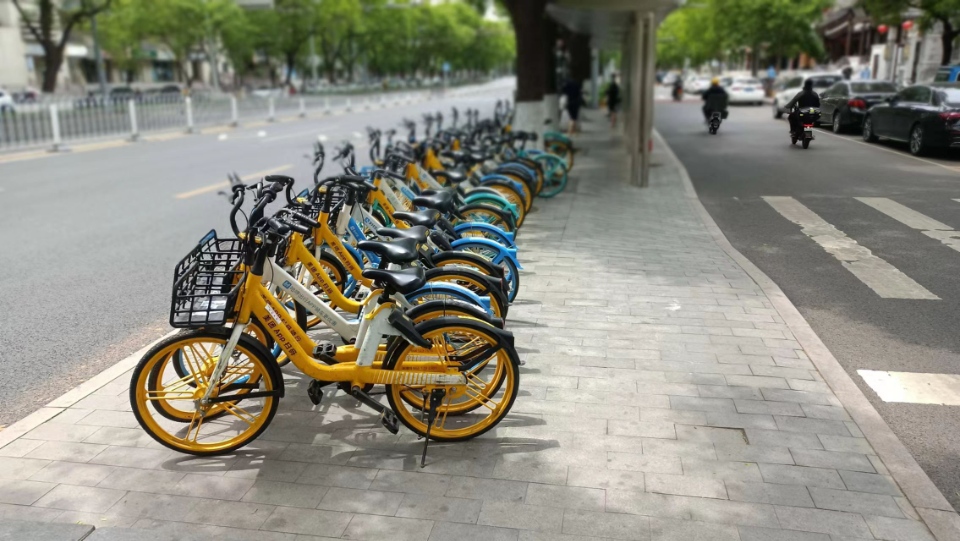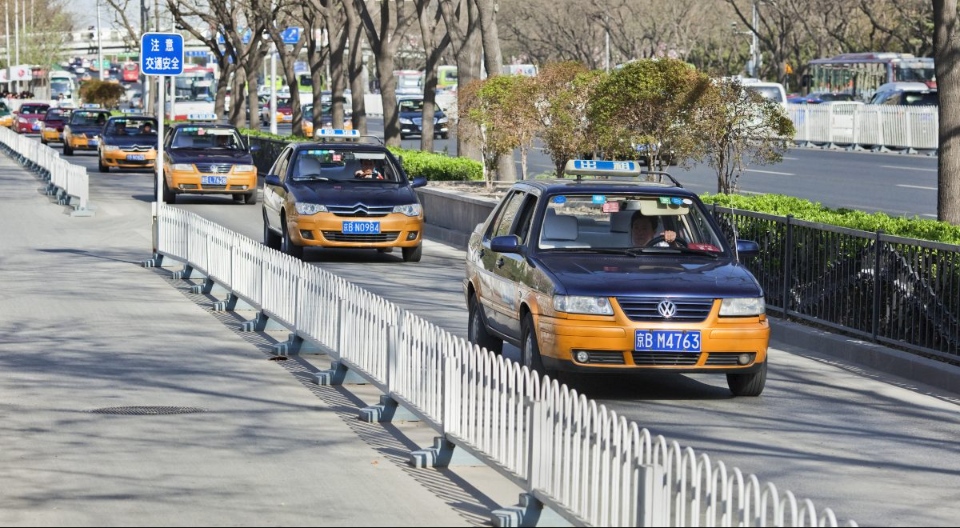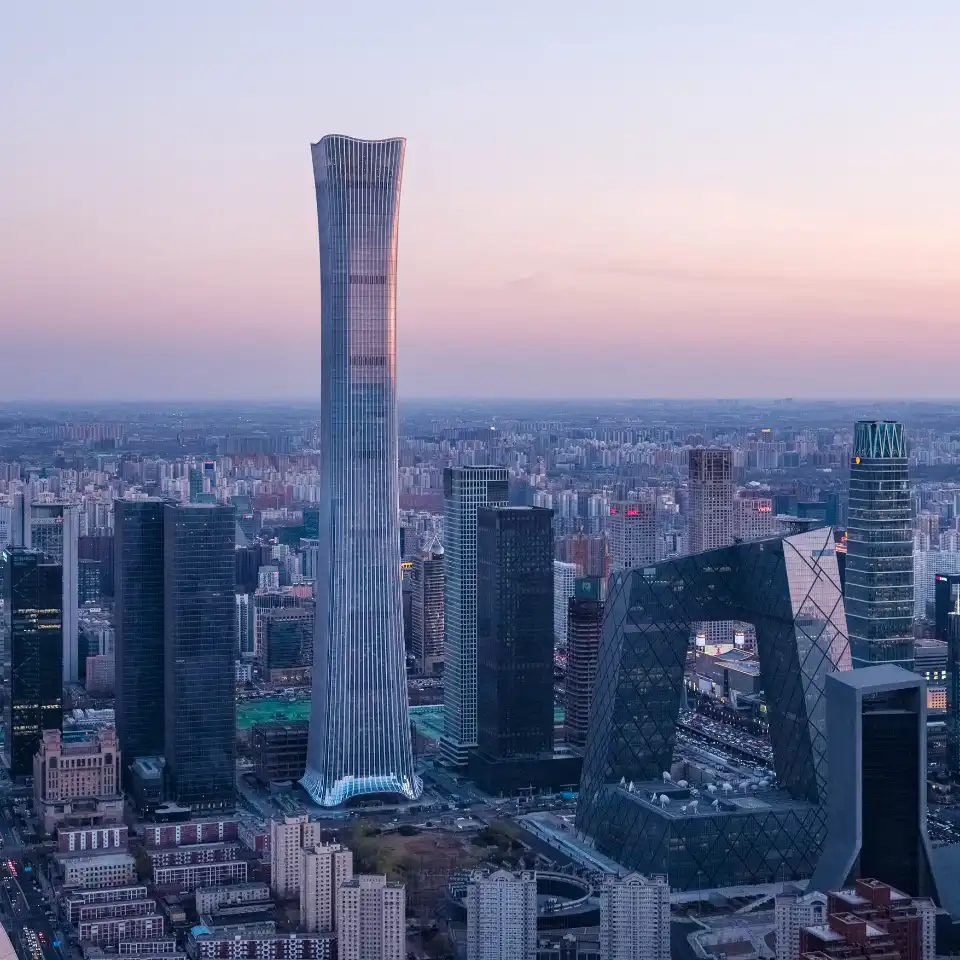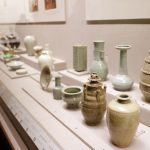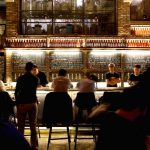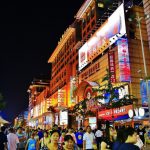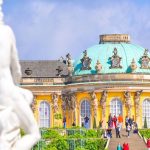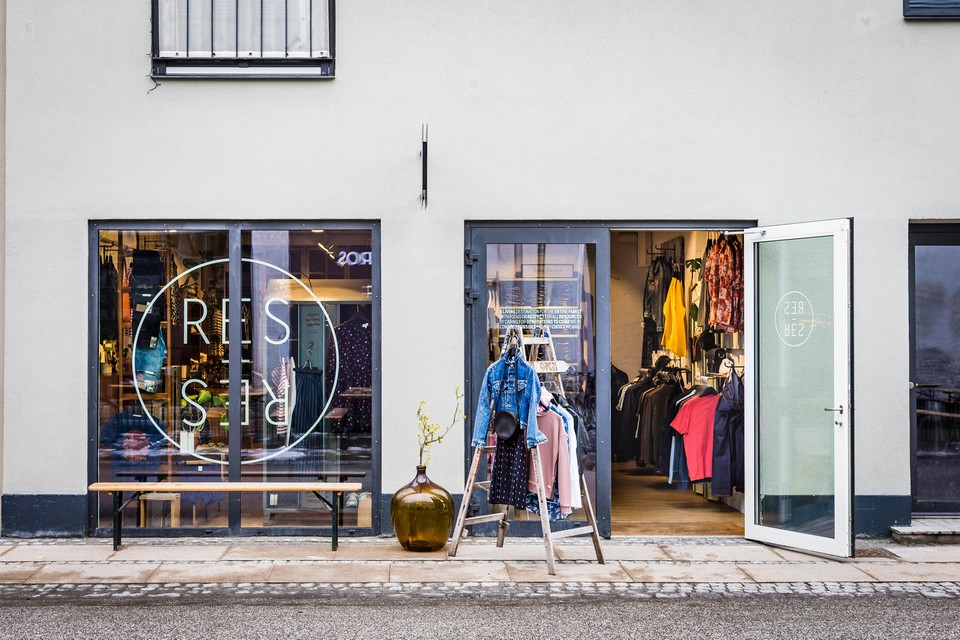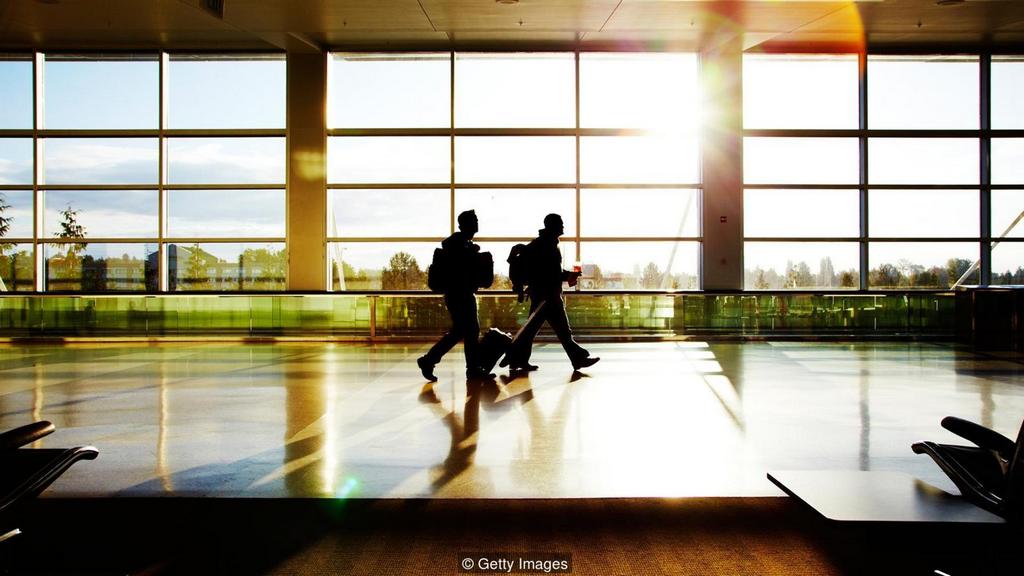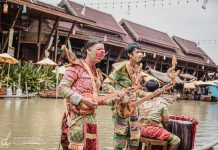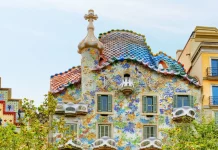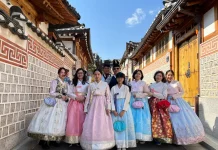As the capital of prosperous China, Beijing is not only famous for its historic palaces, classic gardens, rich in history and culture but also attracts tourists because of the cultural identity of its people as well as countless attractions worth to visit. So, is Beijing worth visiting, how to visit Beijing, what to do in Beijing and how to plan a budget trip to Beijing for the first-time perfectly? Let’s check out our Beijing travel blog (Beijing blog) with the fullest Beijing travel guide (Beijing tourist guide, Beijing guide) from how to get to Beijing, best places to visit, best time to come, what to eat as well as top things to do in Beijing to help you maximize your trip as follows!
- What to buy in Beijing? — Top 19+ must-have souvenirs & best things to buy in Beijing
- Top bars in Beijing — 23+ liveliest, cool, good & best bars in Beijing
- What to do in Beijing at night? — 11+ where to go, see & best things to do in Beijing at night
- Guide to Yiheyuan Beijing — The fullest Summer Palace Beijing guide to the China’s most beautiful classical garden
- What to buy in Guangzhou? — 11+ best things to buy in Guangzhou & best shopping places in Guangzhou
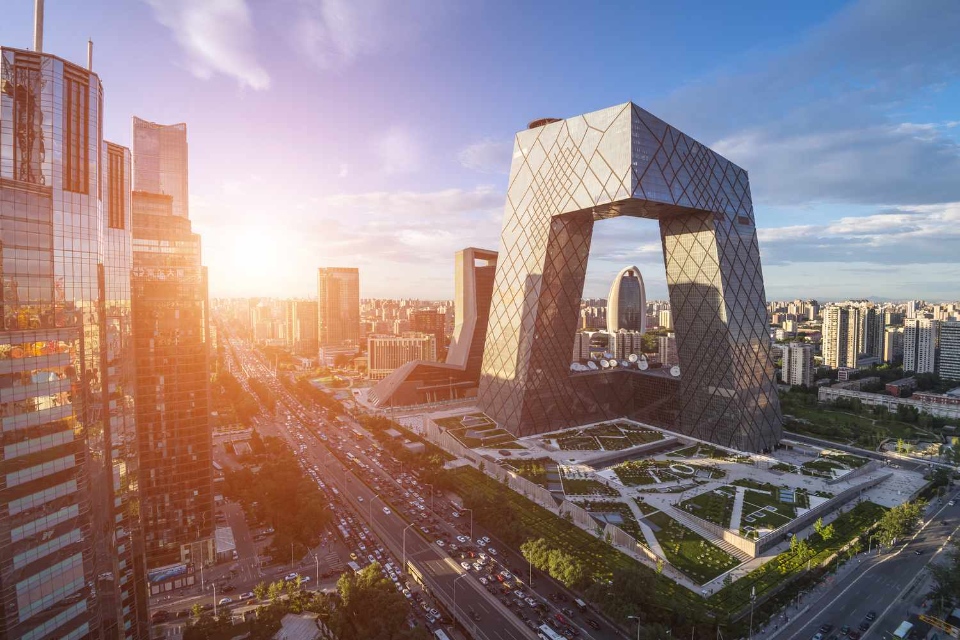
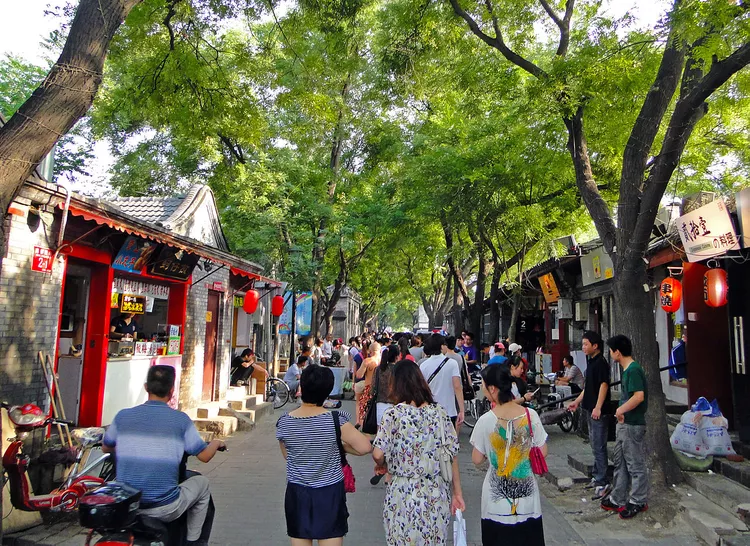
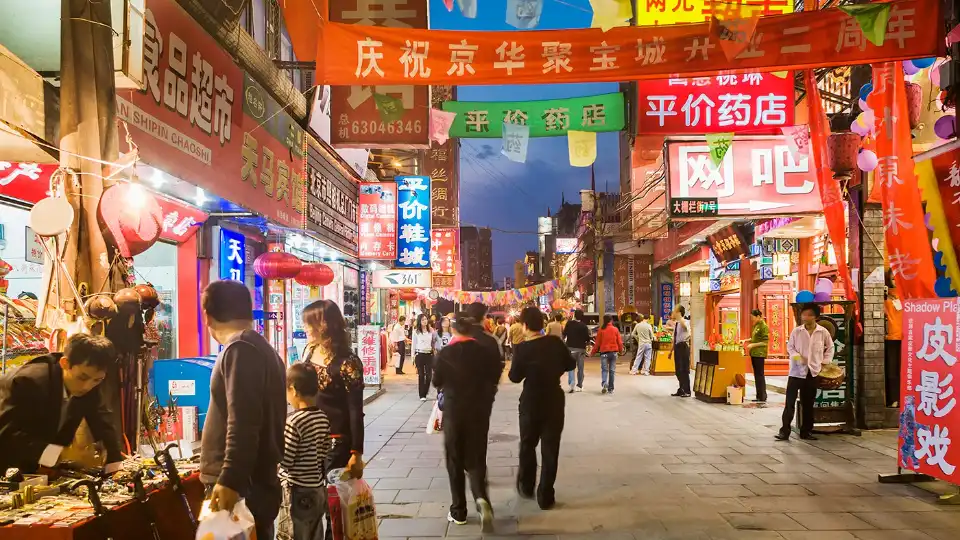
Beijing, China’s sprawling capital has both the ancient features of a thousand-year-old capital but also the modern beauty and magnificence of the world’s prominent financial and economic center. About the name Beijing (北京) simply means the “Northern Capital”. This name is given according to the East Asian tradition of similar capitals as Nanjing (Southern Capital), Xijing (Western Capital), and Dongjing (Eastern Capital).
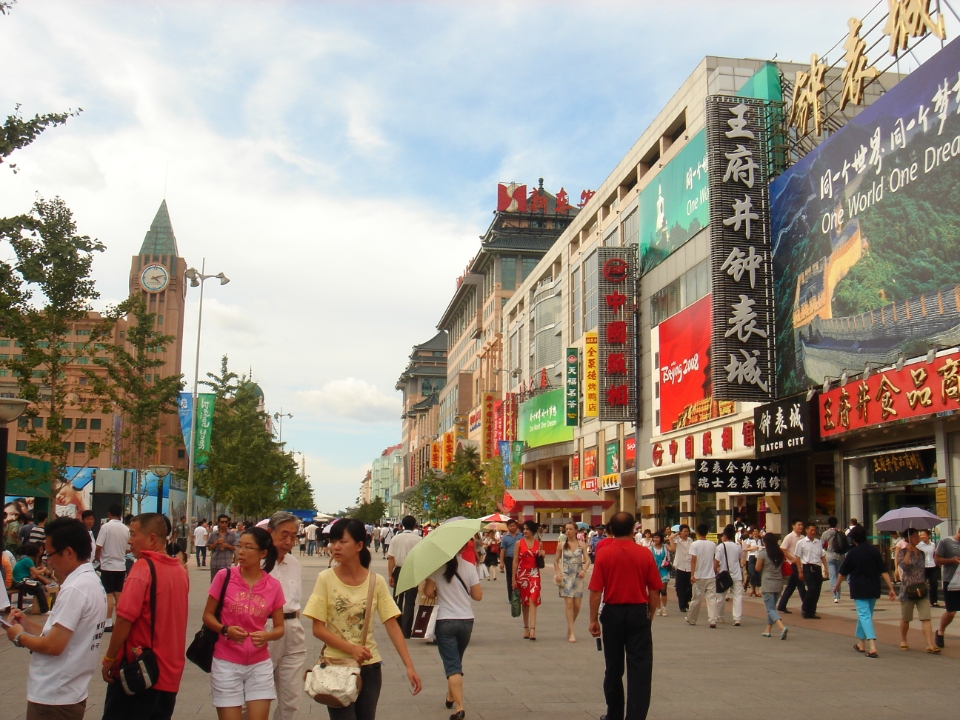
Overview of Beijing (# beijing travel blog)

Beijing is located in North China (Huabei), including 14 urban and semi-urban districts and 2 rural districts, bordering two provinces, Hebei and Tianjin. As one of the most populous cities in the world, Beijing possesses the most modern transportation system with highways and railways arranged very scientifically. The new Beijing’s international airport is the second largest airport in the world by number of passengers.
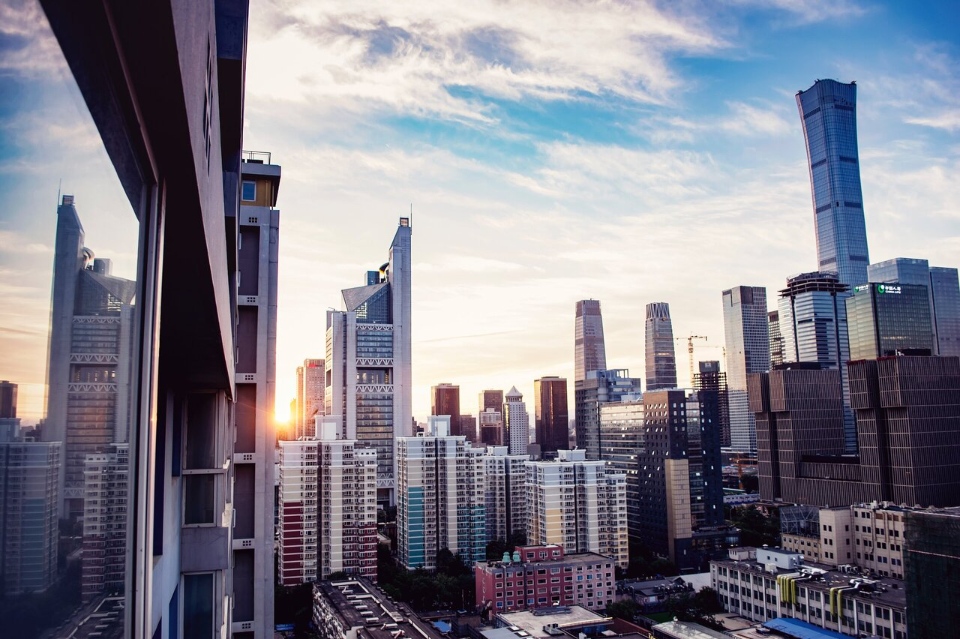

Formed 3 millennia ago, along with modern and novel architectural works, Beijing still preserves valuable historical relics including magnificent palaces, ancient temples, classic gardens, tombs, city walls, city gates…
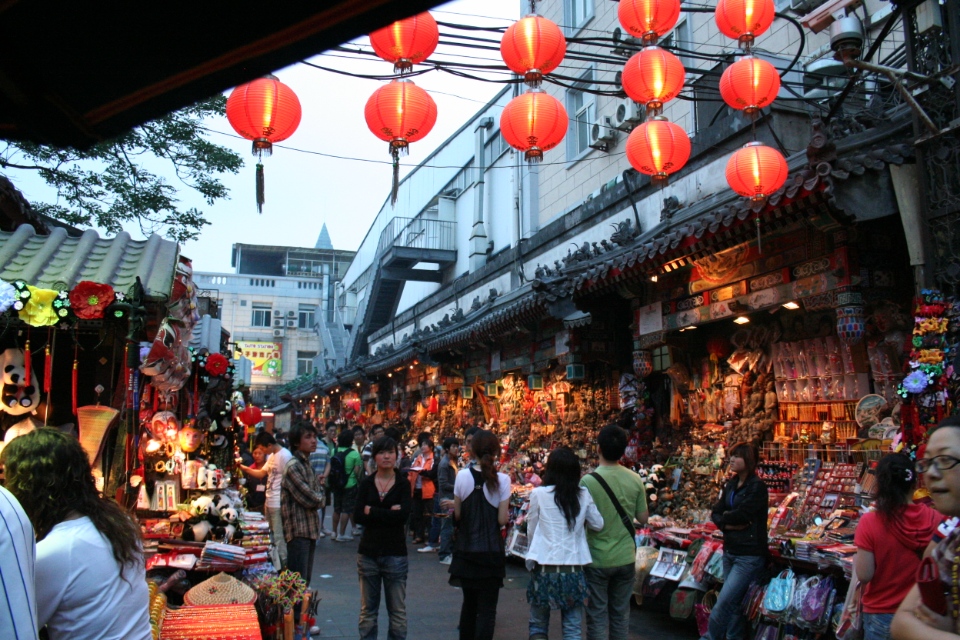
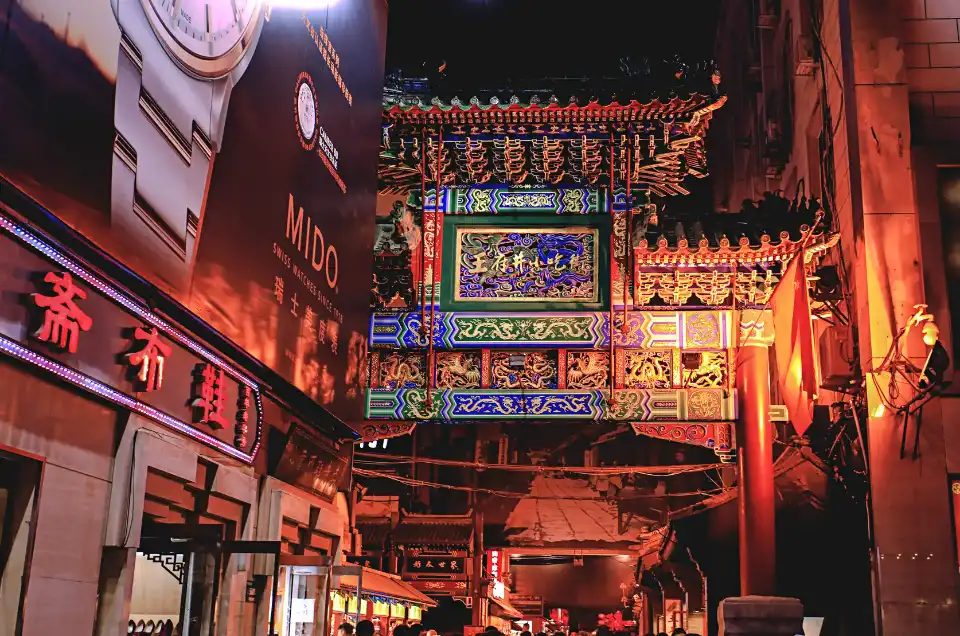
Beijing is the last capital of the four great ancient imperial capitals of China during the Yuan, Ming, and Qing dynasties. Countless historical, cultural, and long-standing architectural relics such as palaces, pagodas, tombs, citadels, diverse art treasures, and top quality schools in the world are all present in the city.
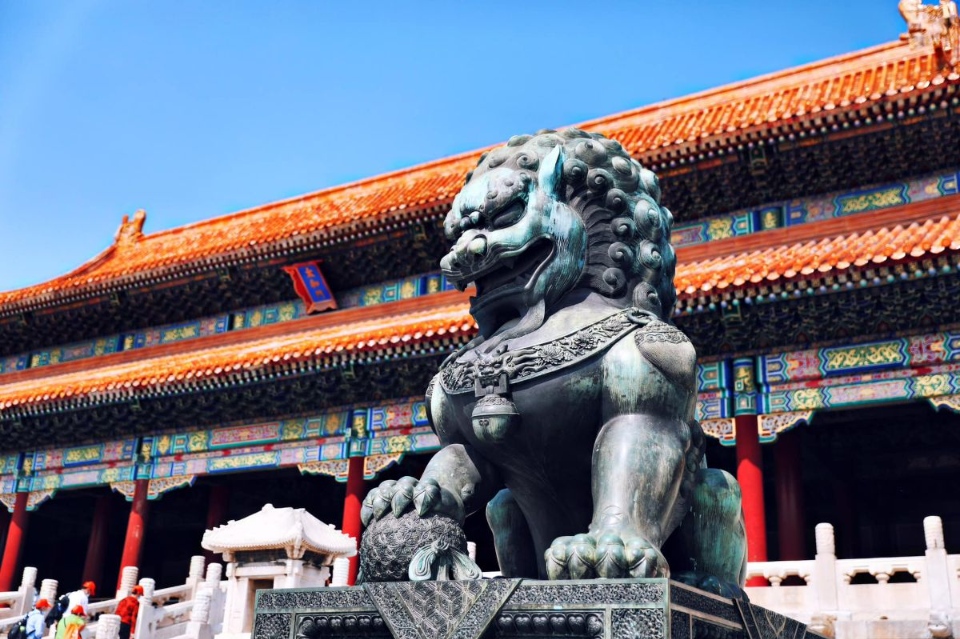
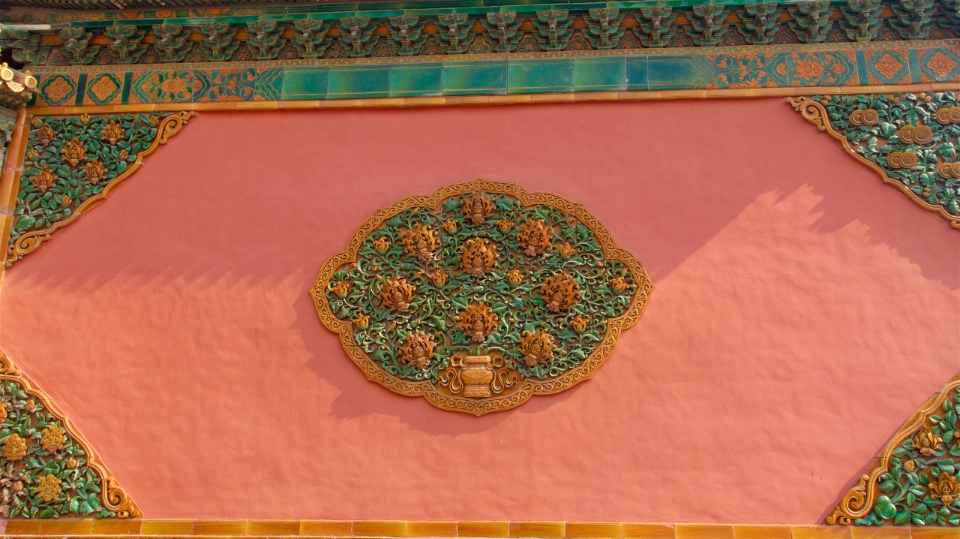
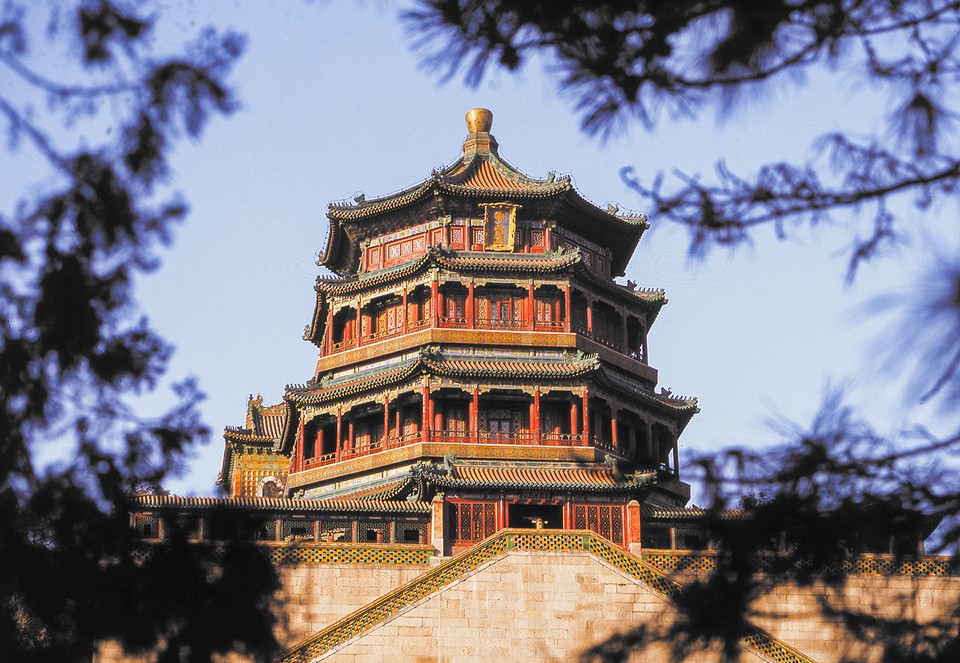
Beijing attracts every visitor with its monumental historical, cultural and architectural heritage. Majestic palaces, sacred temples, beautiful mausoleums and surrounding citadels are all vestiges of an enchanting past. At the same time, its rich art museums contribute to making Beijing an outstanding center of art and culture.
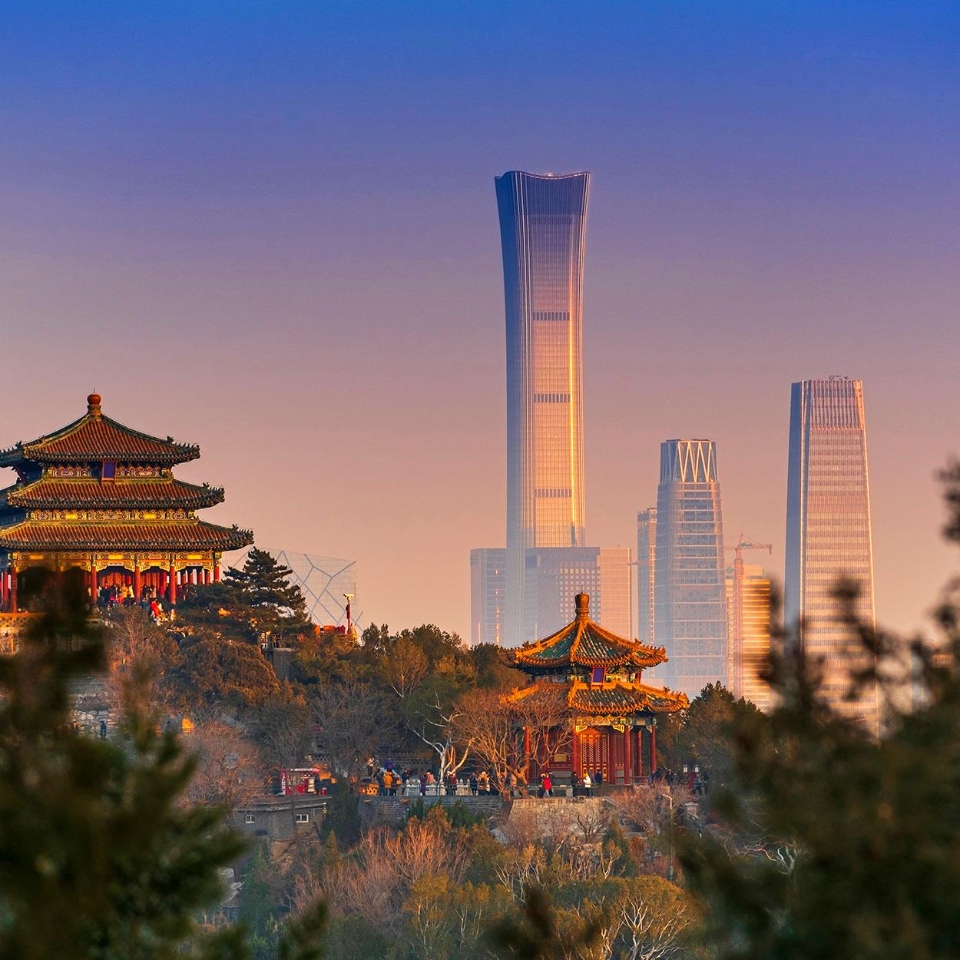
When is the best time to go to Beijing? (# beijing travel blog)
With its location deep in the mainland, Beijing has a rather dry climate, with hot and humid summers due to the influence of the East Asian monsoon, and cold and dry winters due to the influence of the Siberian atmospheric pressure block. Beijing’s monthly mean temperature in January is −3.7 °C (25.3 °F), while in July it is 26.2 °C (79.2 °F).

Spring
The weather in spring is quite cold, it often rains and has dusty winds that are not convenient for sightseeing. In March and April, the average temperature rises to about 13°C and the temperature difference between day and night can be up to 10°C. Therefore, when traveling to Beijing in the spring, you need to prepare for this weather change. In the morning, wear a long-sleeve sweater and a thick coat to keep warm. In evening, you should have a light jacket or bring a thermal bag to be ready to deal with temperature changes.
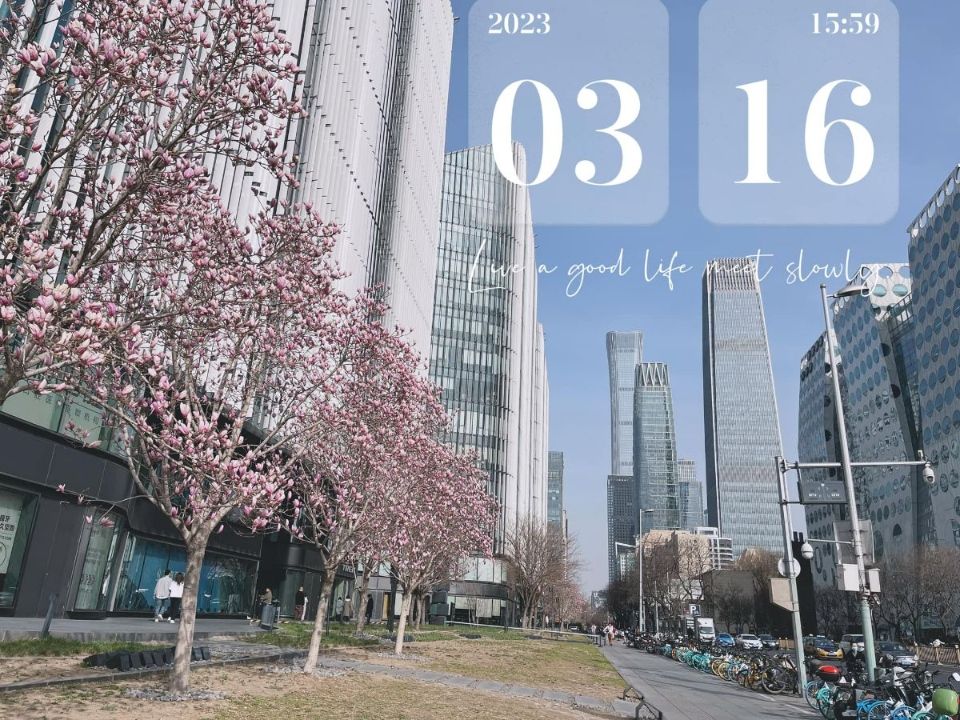
Summer (# beijing travel blog)
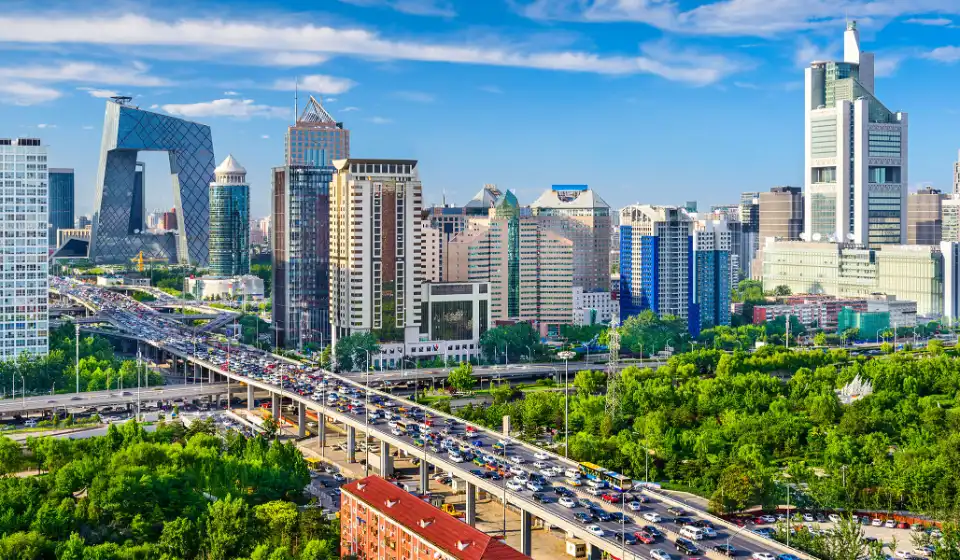
Summers in Beijing are hot and rainy, with temperatures reaching up to 30°C during the day and dropping to 20°C at night. Due to heavy rainfall, it is not as dry as usual.
The average temperature in 6°C is about 24°C, but sometimes it can reach 30°C. Therefore, tourists coming to Beijing in the summer can wear cool, airy clothes that are comfortable when moving, such as short-sleeved shirts, shorts and short skirts. But you still have to pay attention to the sun protection when going out.
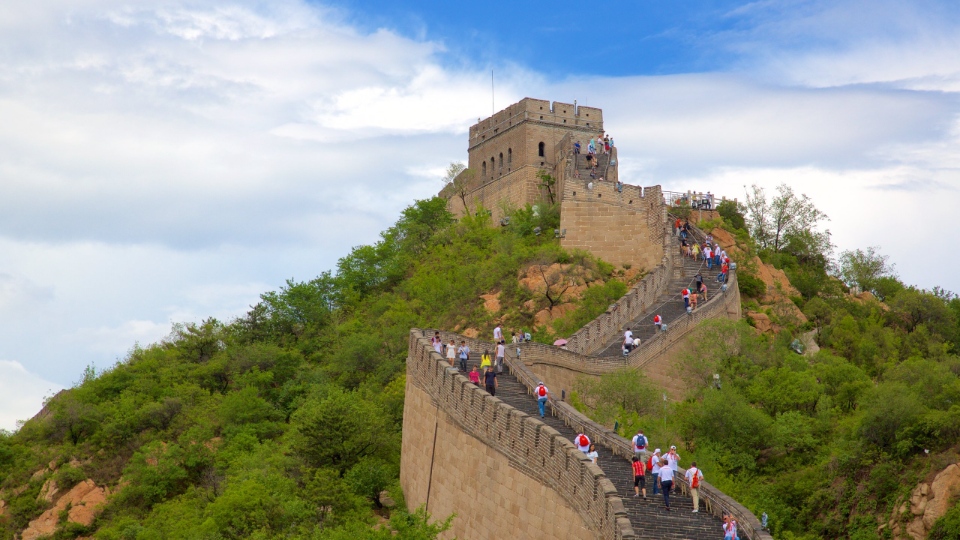
In July and August when Beijing has the highest temperature of the year, we can wear airy, comfortable summer clothes. However, this month is also the time when Beijing has the most rainfall, so when going out, you should bring an umbrella to prevent sudden rains.
Fall (# beijing blog)
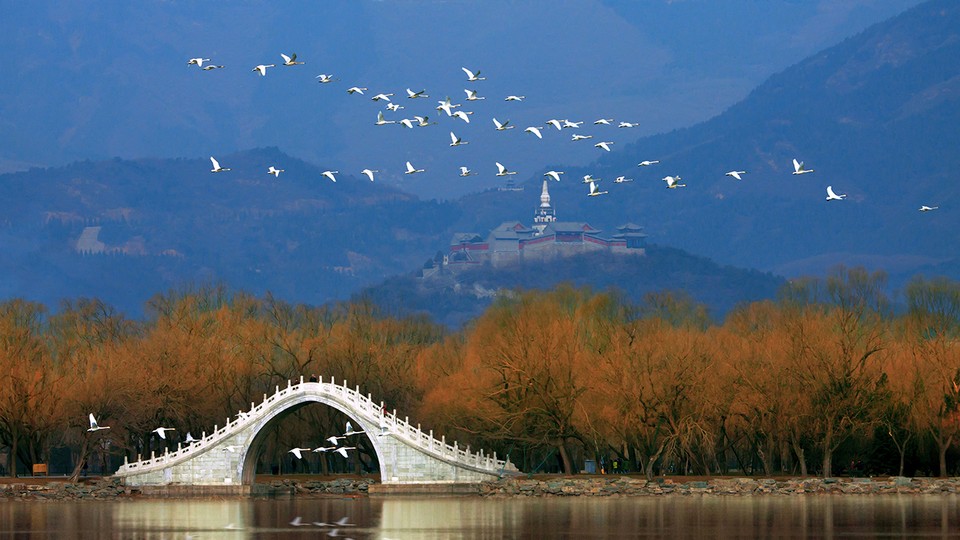
Autumn is the best time to come here, the weather is mild, there are few tourists in the city. The natives describe this season with the phrase “sky is high, the weather is mild” – the sky is high, the climate is mild and cool.
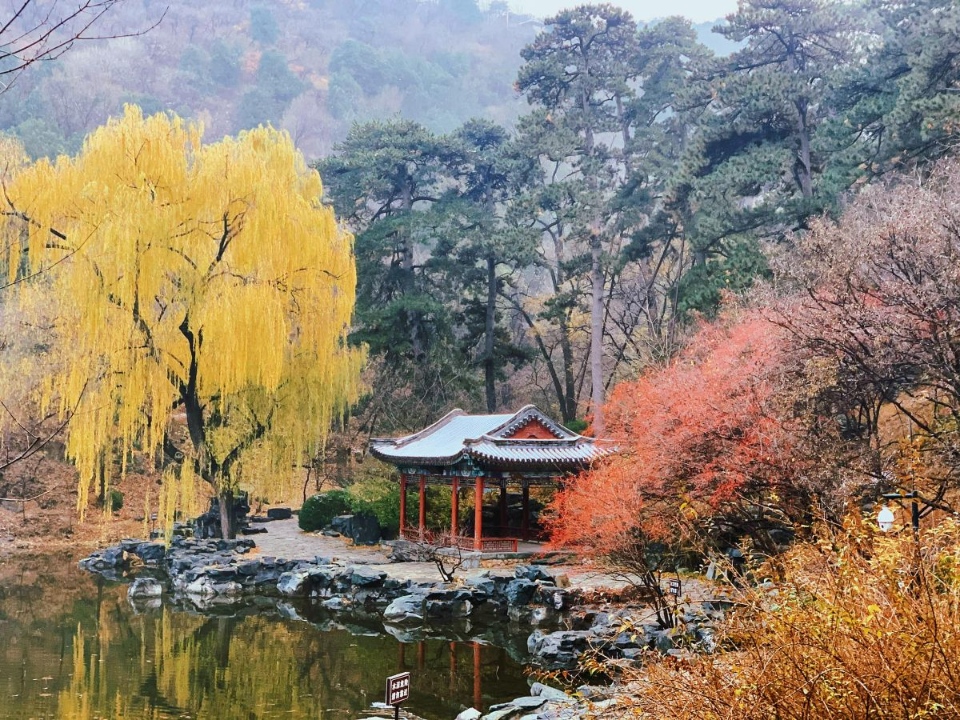
Winter (# beijing travel blog)
In winter it’s the opposite, if you can stand the cold temperatures, it’s pretty cool, Beijing is like your own, not crowded at all, you can leisurely enjoy the scenery. You should not come during Lunar New Year from January to February and long holiday seasons such as Labor Day May 1, National Day Oct 1, because these days are always crowded. On these days, Beijing is often covered with beautiful snow, and this is the low season, so the costs will also be cheaper, especially hotel room rates.
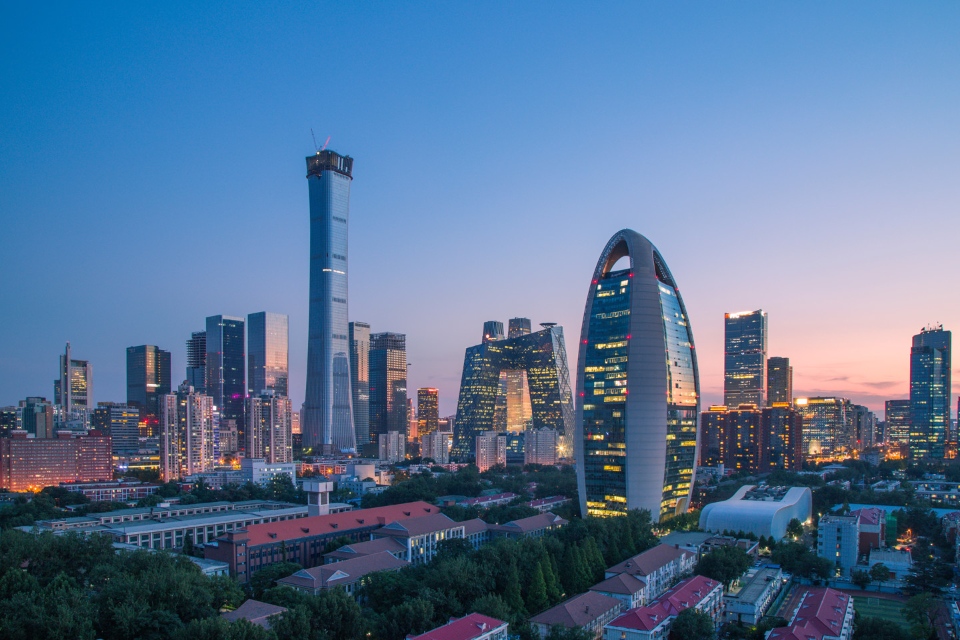
How to get to Beijing? (# beijing travel guide)
Beijing is quite far from Vietnam, there are many flight routes, so now tourists often do not come to Beijing by road (train) but by plane is always convenient and fast. There are two airports in Beijing: Beijing Daxing International Airport (IATA: PKX) and Beijing Capital International Airport (IATA: PEK), this airport is closer to the central area.
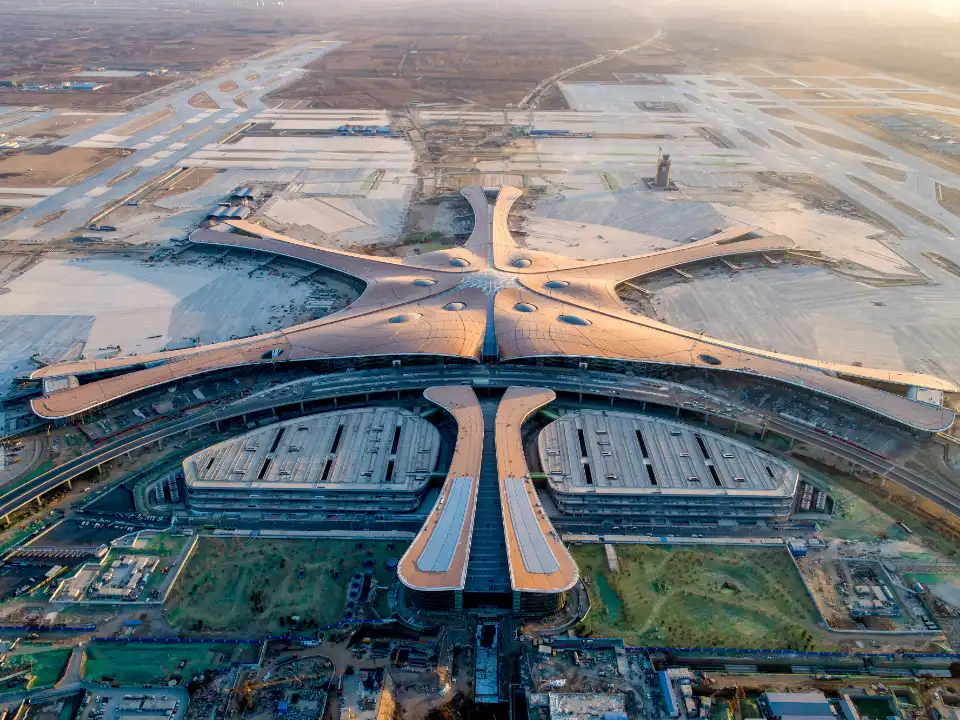
From Hanoi and Ho Chi Minh City, there are many airlines and flight routes to Beijing such as Vietnam Airlines, China Airlines, China Southern, China Eastern… with many different ticket prices and flight times that you can choose from. You can get more specific information about flights, ticket prices and the most suitable flight times on airline ticket search engine sites like Google Fights, Kayak or SkyScanner but after consulting, you should still go to the official websites of the airlines to book tickets.
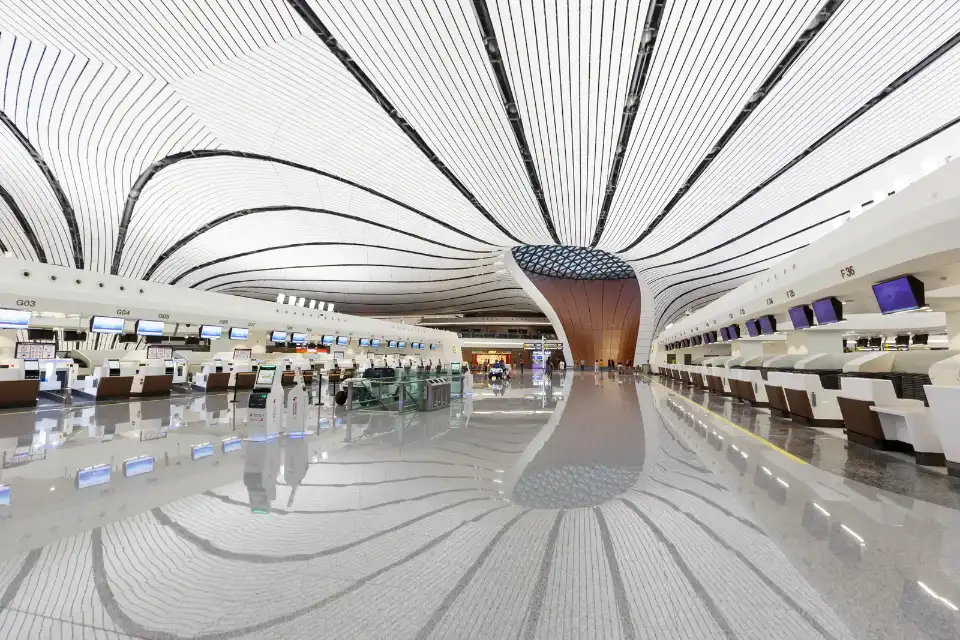
Direct flight time from Hanoi to Beijing is about 3 hours 45 minutes, and from Ho Chi Minh City to Beijing is about 4 and a half hours. However, if you choose a cheap ticket and transit at some other airports, the flight time may be longer, with some flights up to 10 and a half hours or more.
How to get around Beijing? (# beijing guide)

The transportation system in Beijing is quite modern and convenient. For quick travel between tourist attractions in the city, you can choose the subway or bus. Taxi is also an option to consider, but remember to learn a few Chinese sentences ready, or turn on Chinese translation apps on your phone when communicating with the driver (because Chinese people usually do not communicate well in English) to avoid being higher charge or the driver take you around to make money. If your time is abundant, you can rent a bicycle to go around the city.
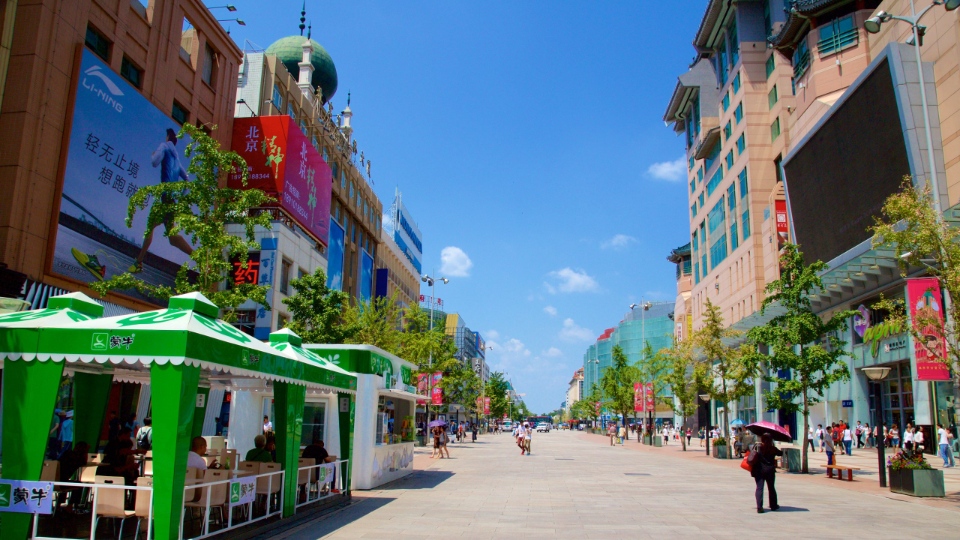
One thing to note is that if you travel on your own, you should watch the time carefully to get to the bus station, airport or other places you need to go because Beijing, like many large cities, has traffic congestion issues. Especially during peak hours or holidays. So you need to watch the time to not be late! If you go on a tour, there will always be a tour guide and tour bus driver who will set a time for you, so you don’t have to worry anymore.
Bus (# beijing travel guide)

There are many different bus lines and there are 18 subway lines for visitors to travel. You can download the Yitongxing app on your mobile phone, scan the QR code on the bus and then scan again after arriving at the station and the fare will be automatically deducted. The bus fee is 1-2 dollars.
Subway (# beijing guide)
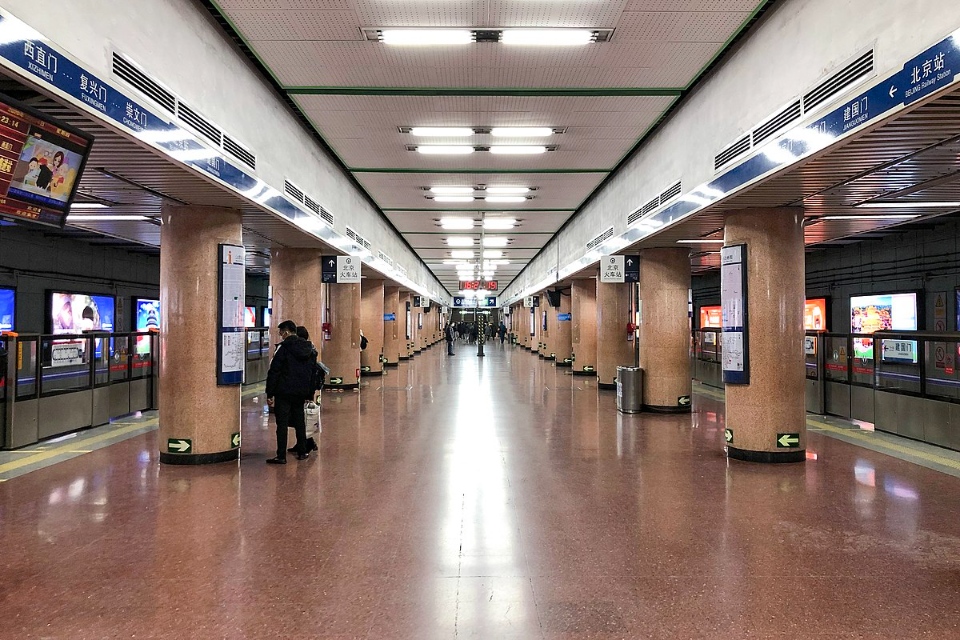
Because Beijing is extremely large, and tourist attractions are quite far from each other, taking a taxi or bus can cause traffic jams, so tourists often take the subway for convenience. Furthermore, there are instructions in both English and Chinese at the subway stations, so you can feel free to wander around on your own. However, you should pay attention to avoid rush hours from 7am to 10am and 5pm to 7pm because these are rush hours and all train cars are packed.
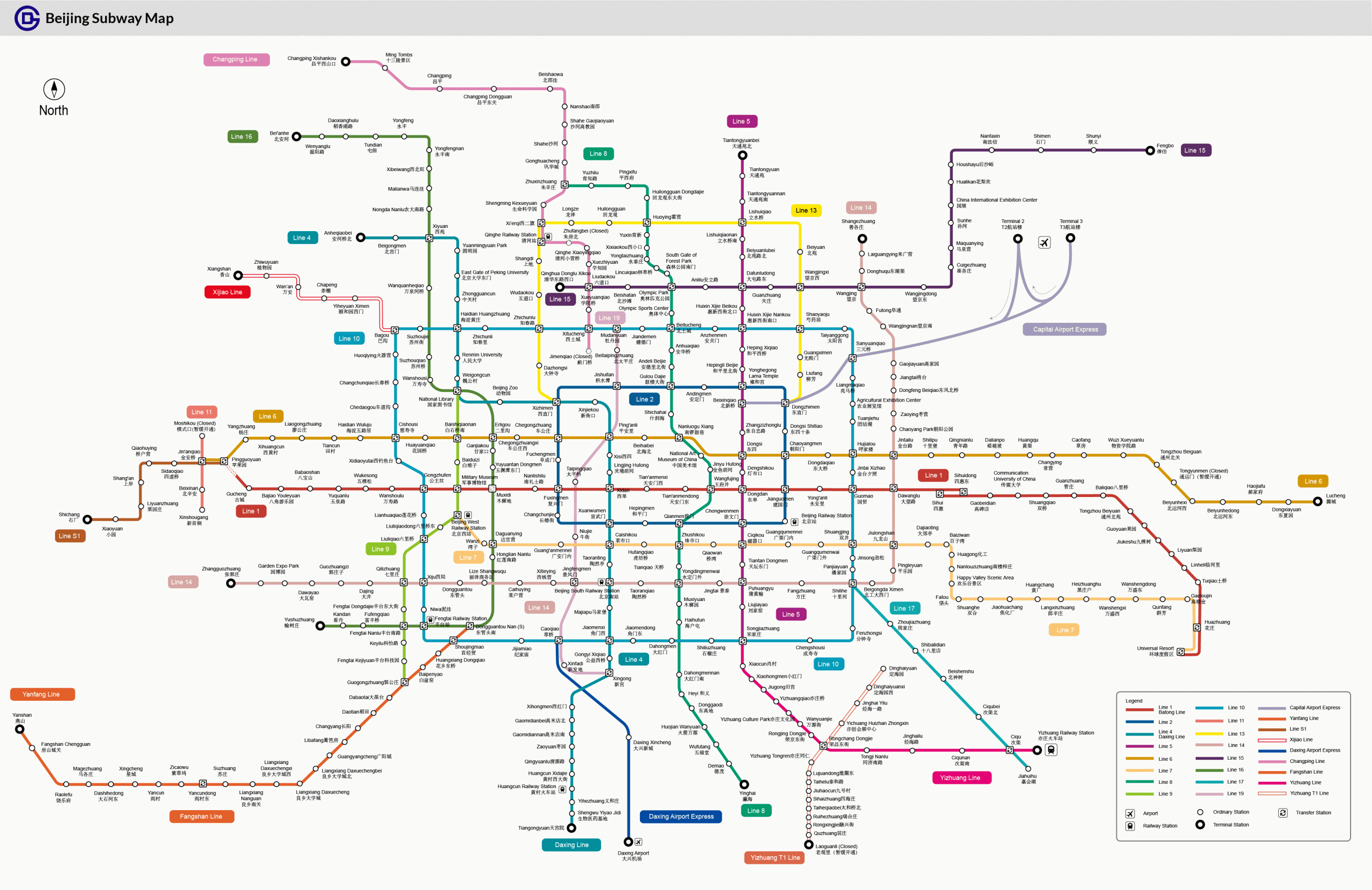
Depending on the purpose, you can buy tickets by route, or for a long stay, you can buy a train card, with 3-day, 7-day or 15-day tickets. Here are the subway lines to famous sights and key travel areas for you to note and look up easily:
1. Beijing South Railway station: Line 4
2. Beijing West Railway Station: Line 9
3. Beijing North railway Station: Line 2, 4 and 10
4. Beijing Railway Station: Line 2
5. Beijing Capital International Airport: Express Train + subway Line 2
6. Yiheyuan garden (Summer Palace): Line 4 and 10
7. Badaling Great Wall: S train from Huangtudian Railway Station, Line 8 or 13
8. Temple of Heaven: Line 5
9. Tiananmen – Forbidden City: Line 1
10. Lama Temple: Line 511, Olympic Park: Line 8
Similarly, you can buy subway tickets at train stations (quite similar to taking the elevated railway in Hanoi) and the ticket price is only from 3 yuan – 7 yuan for 1 trip. Download the MeetroMan app or use China’s online maps to get your directions. You can buy a subway card to top up for more convenient use.
Bike
If you intend to go out around the old town of Hutong, you can rent a bicycle. The price is also very “soft”. The first hour is free, every hour after that collects 1 yuan/hour. The maximum fee per day is 10 yuan or 20 yuan depending on the district where you rent the bike.
However, the procedures for installing a bike rental app, top-up, and activating an account are a bit complicated, so if you stay in Beijing for more than 3-5 days or longer, you should look for the day plan. If you only travel to Beijing for less than 3 days, it is best to experience the subway and bus. Bicycles are also convenient public transportation in Beijing. Beijing has dedicated bicycle lanes separate from pedestrian sidewalks.
Taxi
For short routes or during rush hours, drivers may refuse to turn on the meter and ask for a higher fare than usual. If you know Chinese to bargain, you will have an advantage. Many drivers cannot speak English, even basic English sentences. You need to have the names or photos of the places you want to visit ready on your phone. When you get in a taxi, just show it to the driver.
Make sure you get into the licensed taxi as many illegal taxis (called heiche/黑车) operate in such a way that the price must be negotiated first. Legal taxis are usually painted yellow or black and have a driver’s license or other paperwork on the windshield.
Rickshaw (only in Hutong area)
Rickshaws are like cyclos in Hanoi’s Old Quarter, both are traditional forms of transportation. This is a great way for you to experience old Beijing culture and Hutong old town. This vehicle is only for tourists. Drivers who legally drive this type of vehicle must have a small sign on their chest with their name and surveillance phone number.
Notes on public transportation in Beijing as well as detailed prices, please refer to the costs section below!
How much does it cost to travel to Beijing?
Cost of stay
Beijing is one of the most prosperous metropolises in China. Room prices for homestays, hostels, hotels… are quite vary. If you want a luxury accommodation, comfortable and relaxation, a five-star hotel will cost 3,000 to 4,000 CNY per night. Normally, a homestay or regular hotel costs 100 – 200 yuan to get a pretty good place to stay.
This is also a tourist city, so there are places to stay around attractions and public transport stations, so you can freely to choose. If you travel on your own, you can refer to sites like Booking.com, Agoda.com or Airbnb.com.
Travel costs and traffic notices
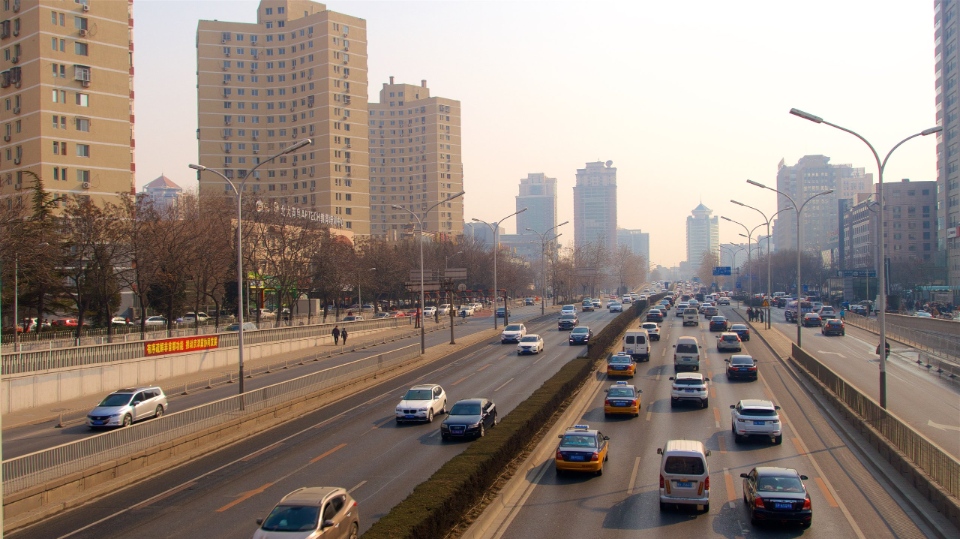
Beijing’s traffic is very developed, buses, subways, taxis, public bicycles for rent… are all available. Although this city is quite expensive, the public transportation system is surprisingly cheap, only about 3 – 8 yuan/ticket.
Taxis in Beijing are more expensive, about 13 yuan for the first 3km and 2.3 yuan for each subsequent kilometer. You can find rickshaws in many places in ancient tourist areas in Beijing. However, this vehicle is not cheap and is sometimes even more expensive than a taxi.
Food cost
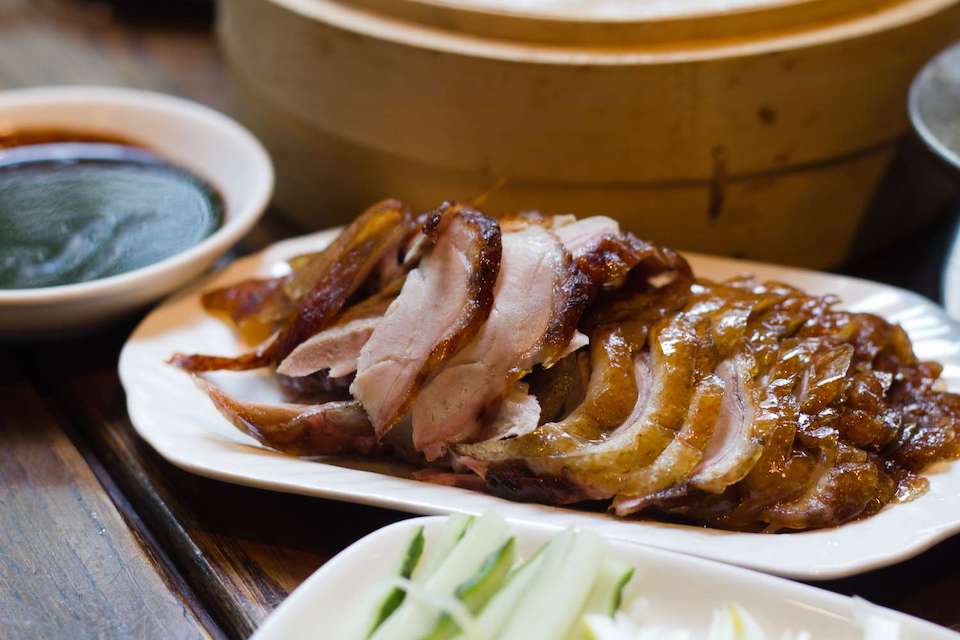
Beijing cuisine, from food types to prices, is very diverse. If you don’t going to a luxury restaurant, authentic Beijing snacks are not expensive. Traditional morning foods include soy milk, dumplings, and eggs soaked in tea. Restaurants often have free pickles. Make sure you can eat until your stomach is full and spend less than 5 yuan. At noon or dinner, eat hot pot or grilled meat, if expensive, only about 100 yuan/person. Noodle dishes are about 10 yuan per portion. In short, a day of eating in Beijing usually only costs about 150 – 200 yuan.
Sightseeing costs
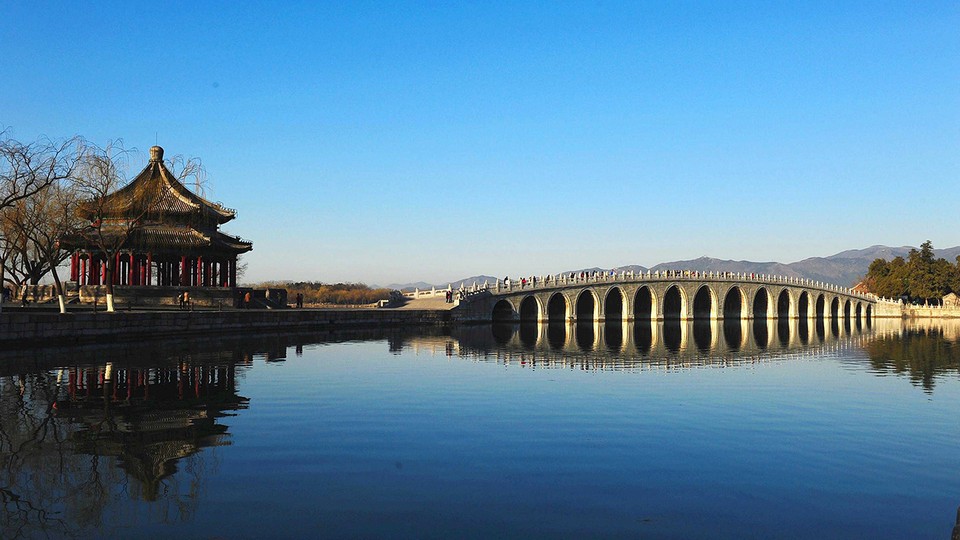
In Beijing, there are many free cultural and historical attractions such as Tiananmen Square, Temple of Heaven, Forbidden City, Yiheyuan, old Beijing area (Hutong old town)…
Other historical attractions charge a fee but don’t cost much. Specifically, some main tourist destinations have ticket prices as follows:
- Forbidden City: 40 – 60 yuan depending on season
- Yiheyuan (Summer Palace): 20 – 50 yuan depending on the season
- Ming Dynasty Tombs: 15 – 65 yuan depending on season and visiting area
- Great Wall: Take a ride to Great Wall of Badaling for 60 yuan, take the cable car 80 yuan
- Fragrant Hills Park: 5 – 10 yuan depending on the season
- Lama Temple: 25 yuan
- Temple of Heaven: 10 – 35 yuan depending on season and visiting area
- Prince Gong’s Mansion: 40 yuan. Watch a play in the palace for an additional 30 yuan
- Beihai Park: 10 yuan
- Jingshan Park: 13 yuan
Where to go and what to do in Beijing?
As one of the world’s economic centers, Beijing is a lavish an historic city with countless tourist attractions.
Great Wall of China
The Chinese have a saying, literally: “One who fails to reach the Great Wall is not a true man”. One thing is for sure, when coming to China, the Great Wall is a place you can’t help but visit.
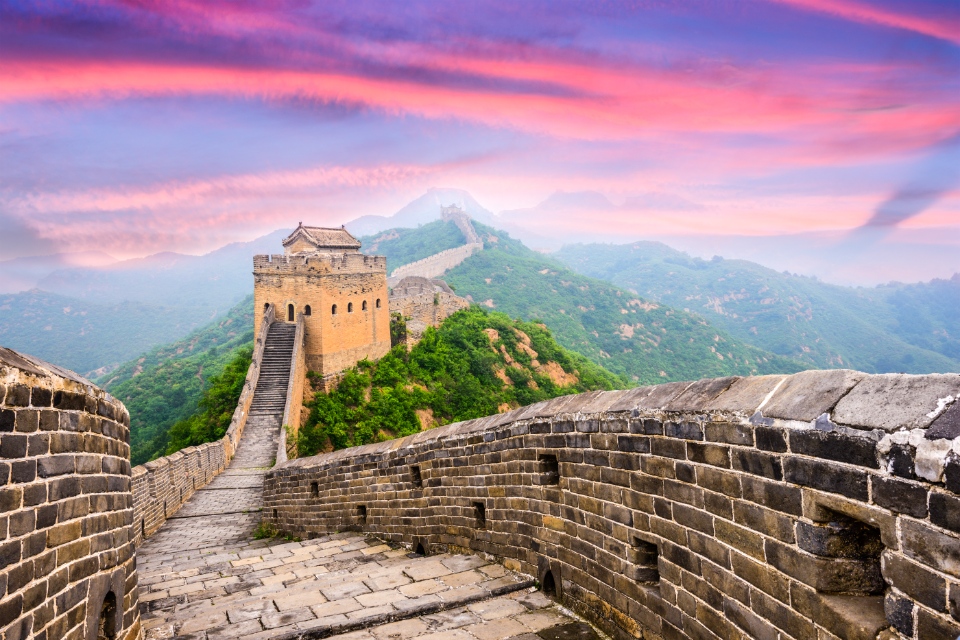
This is the most famous strategic military defense project in the world. Visiting the Great Wall of China, visitors will have the opportunity to learn about the history of this construction that is considered a symbol of China. The Great Wall has a total length of about 6,700km (the Great Wall in Beijing alone is about 629km long). The wall is about 7-8 m high and the average width is about 5 – 6m, started construction during the Zhou Dynasty, followed by the Spring and Autumn period (770 – 476 BC), Warring States (476 – 221 BC) ), by many countries such as Shu, Yan, Han, Zhao, Wei… later the Qin, Han, Kim and Ming dynasties.
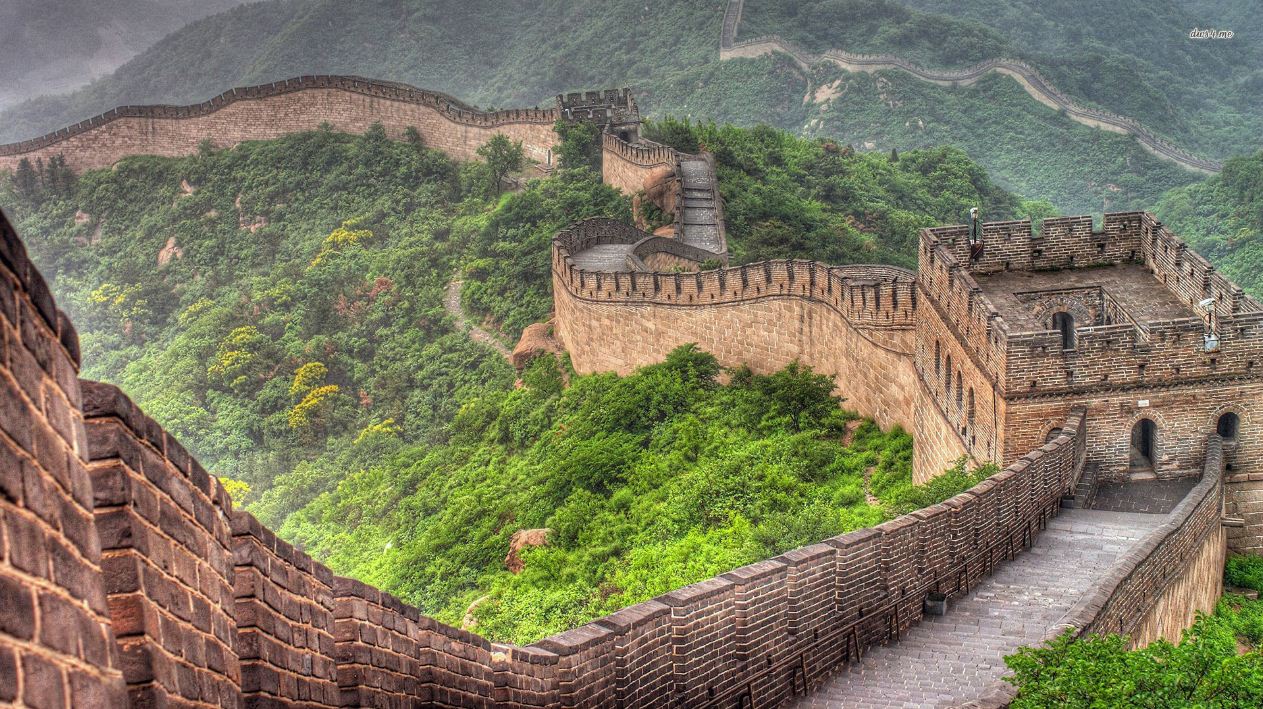
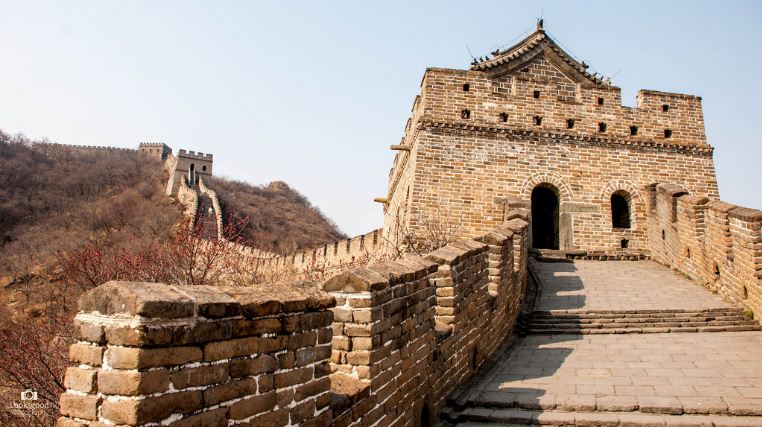
Famous and well-preserved places of the Great Wall can be mentioned as Badaling, Juyongguan, Shuiguan, Mutianyu… Badaling is about 60 km northwest of Beijing, has a length of about 3741m, an average height of about 7m. The section of the wall with a maximum height of about 800m above sea level, rebuilt in the Ming Dynasty, is the place most visited by tourists.
Forbidden City
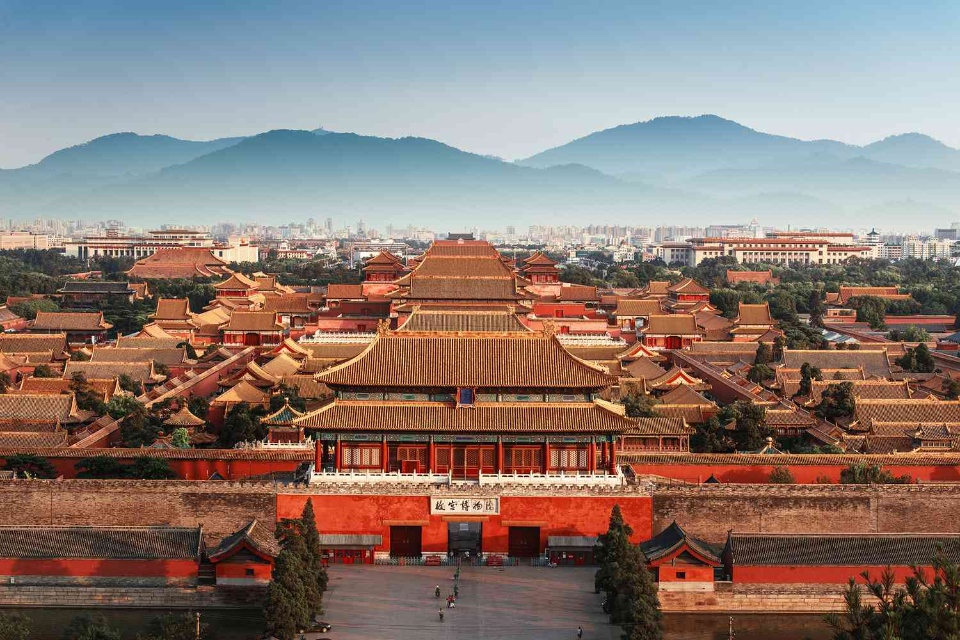
The Forbidden City was the residence of the emperors of the Yuan, Ming, and Qing dynasties of all eras. The Forbidden City is a cultural symbol of Beijing and all of China. The Forbidden City is often called the Imperial Palace by the Chinese. This place is open all year round and ticket prices change according to the tourist season.
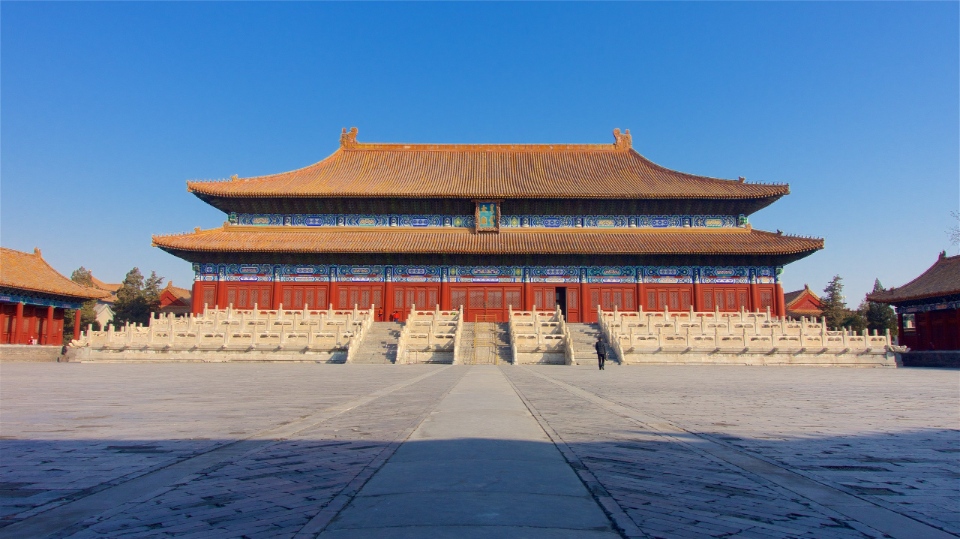
Located in the center of Beijing city, this place has a large space, visitors coming here will enjoy an ancient scenery. This place is the palace of the kings of the Ming and Qing dynasties with the largest scale and most intact preserved in the world. The Forbidden City was built from 1406 to 1420, including 980 buildings on an area of 720,000 m2.
Stepping inside the Forbidden City, tourists will admire the unique architecture of the Chinese royal palace. The Forbidden City was built in 14 years with high-class materials such as Suzhou brick, Anhui celadon tile, Fengshan precious stone, Gangnam precious wood. Most of the roofs of the palaces are covered with yellow lapis lazuli tiles, the color representing the Chinese court. Yellow color in the theory of the five elements is earth, the root of all things, so yellow has always been considered by the rulers to be the most noble color.
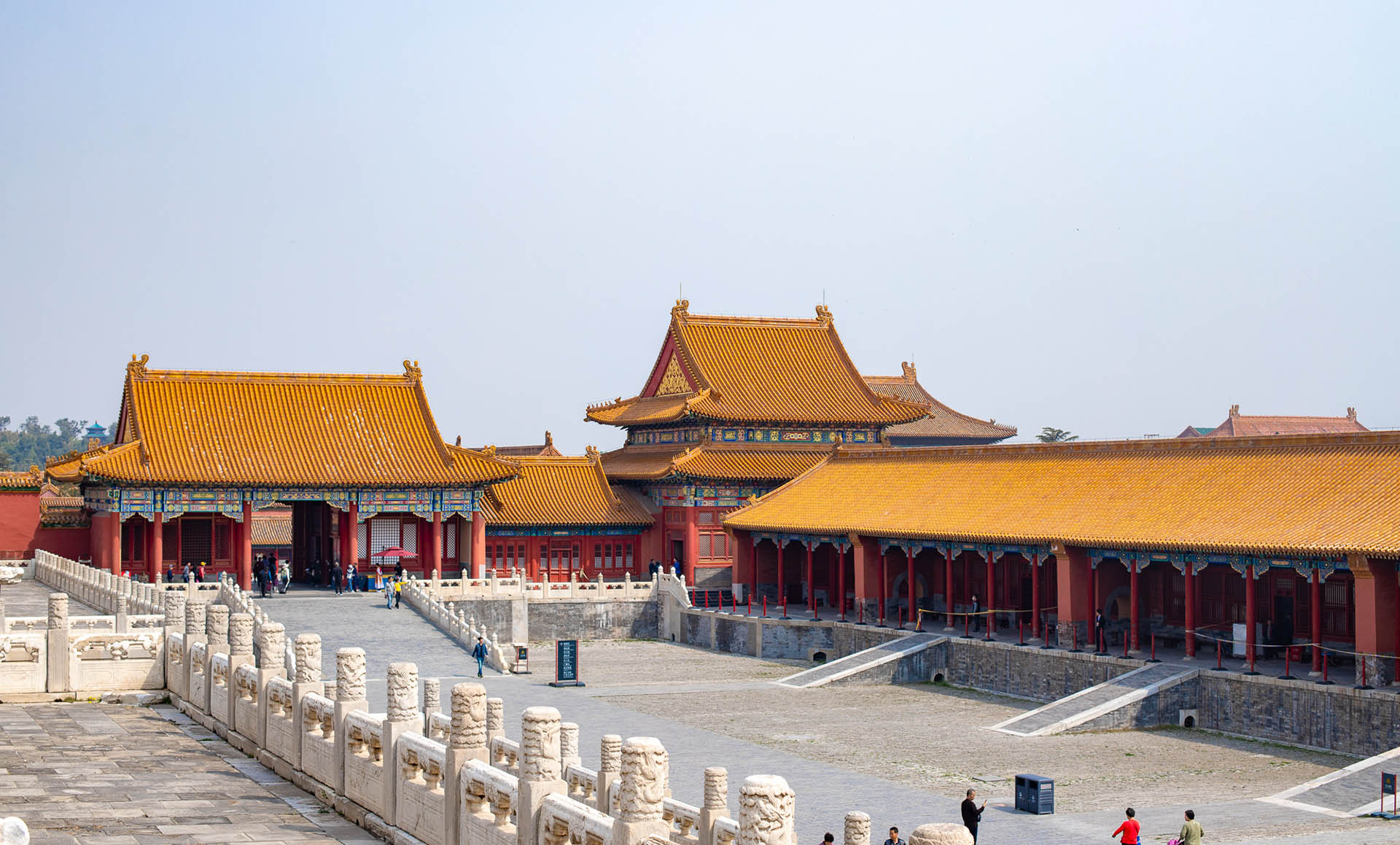
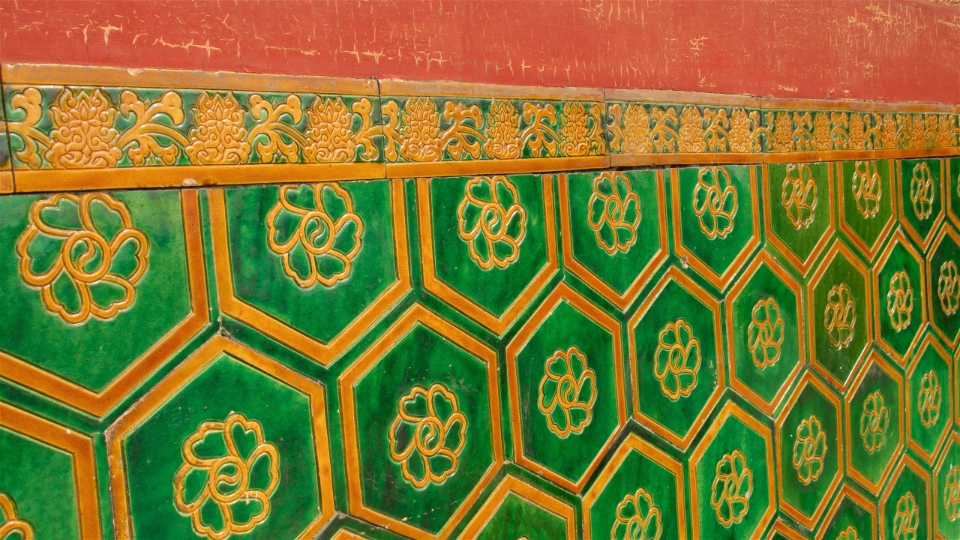
Palace walls are painted bright red, symbolizing solemnity, happiness, luck. In the past, except for the royal palace, only the royal residence and important temples were allowed to use red color. Besides, this place also keeps a lot of artifacts that are considered as national heritage.

Temple of Heaven
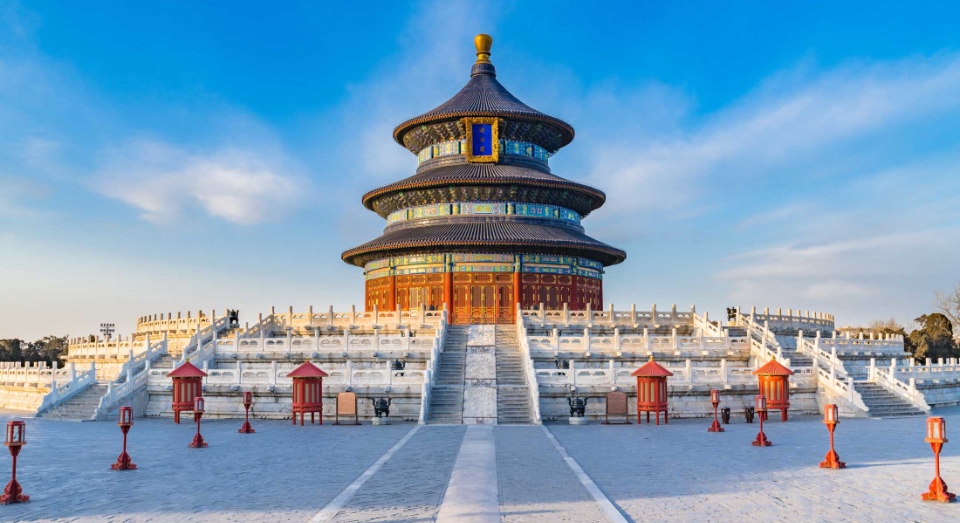
The Temple of Heaven is located on the southeast side of Tiananmen Square in Beijing. It was built in the 18th year of Yongle (1420 AD), by Emperor Chengzu of the Ming Dynasty.
The Temple of Heaven – an altar dedicated to the emperors of the Ming and Qing dynasties to worship heaven and pray for rain. This is also the largest and most perfect ancient temple architecture complex in the world. The altar area is round in the north and square in the south with the meaning of “Round Sky and Square Earth”.
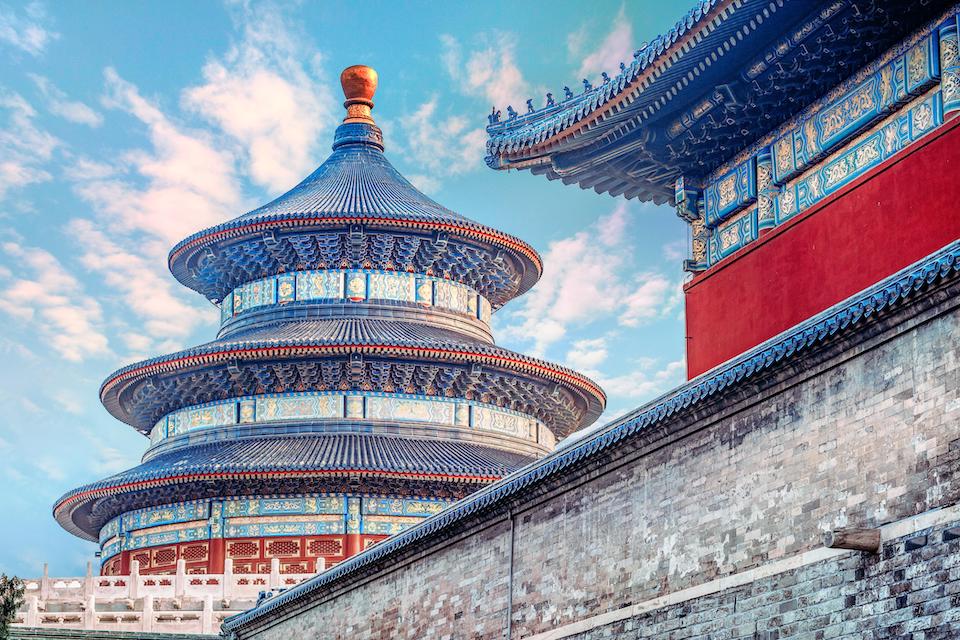
The main area has a thick, high appearance of the altar wall, which not only protects the works inside the altar, but also highlights making the Temple of Heaven a unique sight in the south of Beijing.
Tiantan is one of the monuments of Chinese civilization, the structures of the temple show the unique meaning and artistic expression techniques of ancient China everywhere, the Temple of Heaven integrated philosophy, history, mathematics, mechanics and is a masterpiece of ancient fine art.
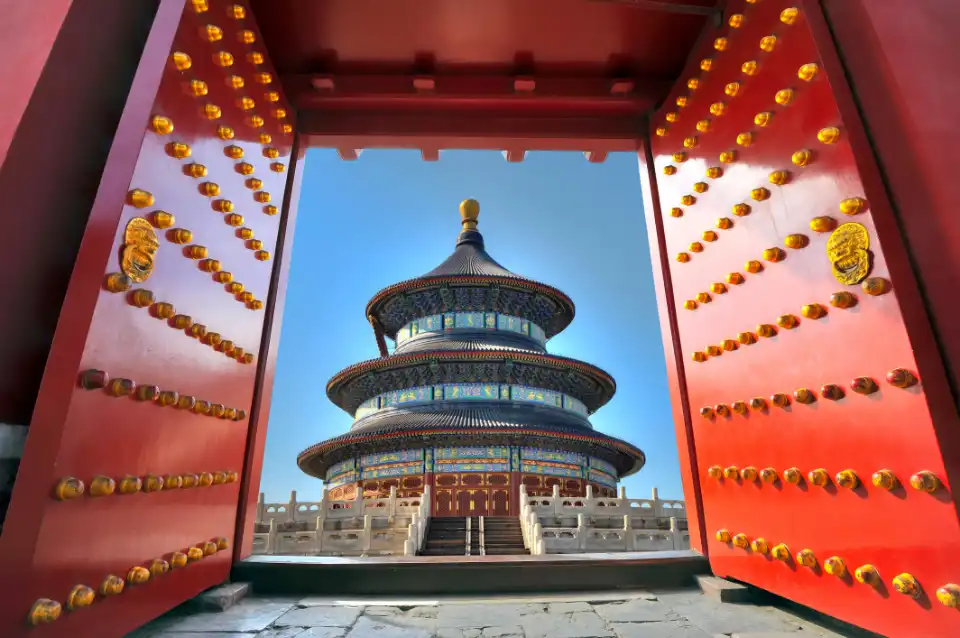
Tiananmen Square and National Museum of China
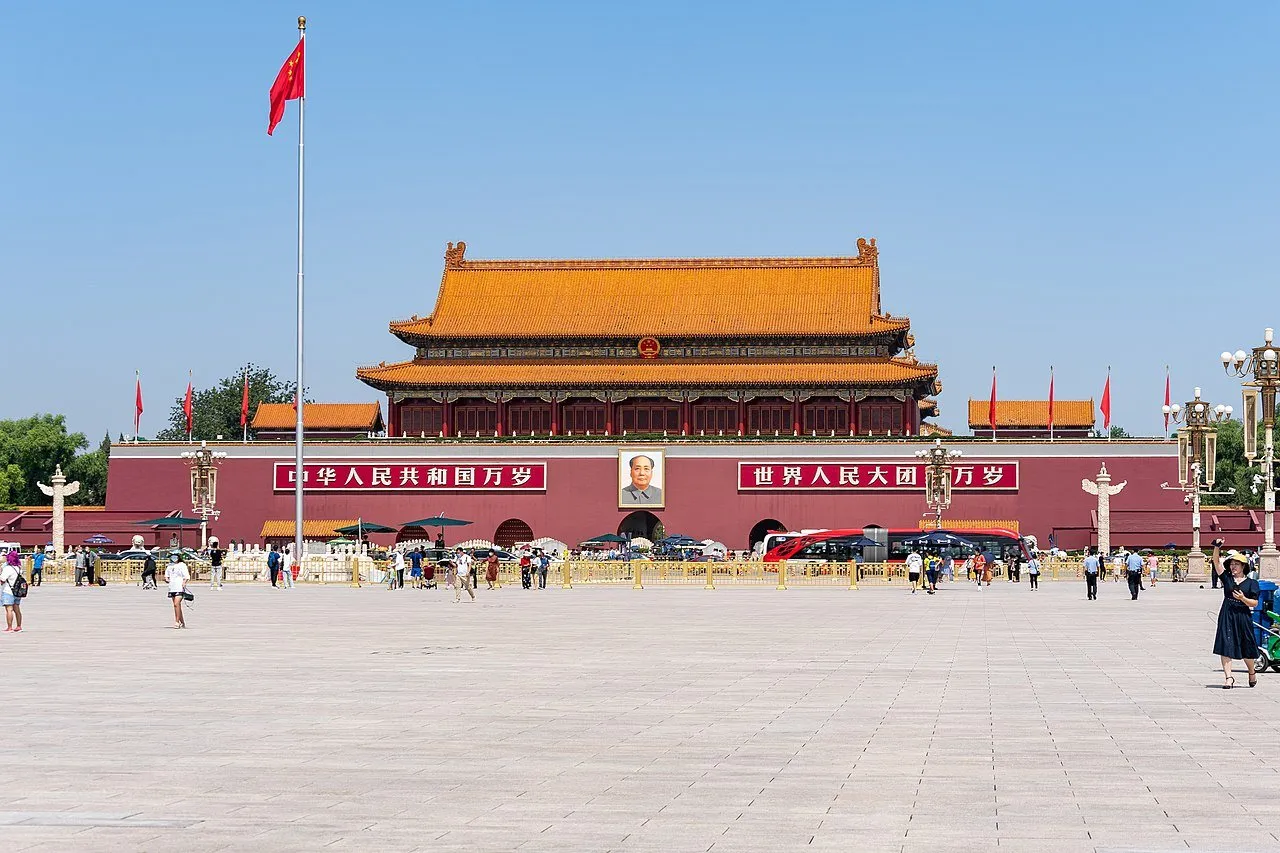
As one of the most famous squares in the world, Tiananmen is considered to be the heart of Beijing. Located in the city center, with an area of nearly 109 acres (44 hectares). The North and South ends of the square are marked by two gates of Tiananmen and Qianmen.
Along the west side of the square is the Great Hall of the People. Along the east side is the National Museum of China. The entire square is surrounded by the most famous landmarks and sights of the capital Beijing and certainly no visitor can ignore when coming to this city.
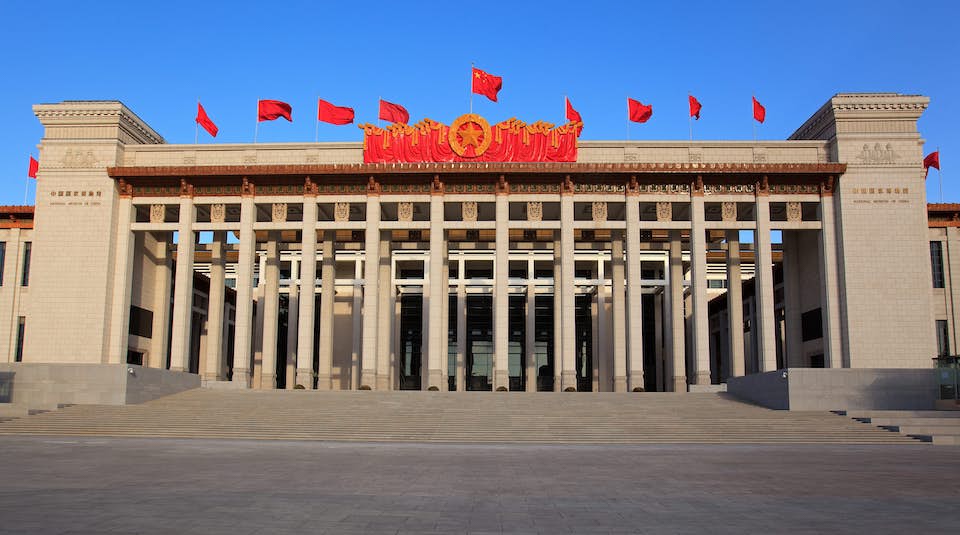
Visiting Tiananmen Square, visitors will be overwhelmed by this massive construction, around the square are planted with many beautifully styled ornamental plants, you should visit the square in the early morning while walking. Just breathe in the fresh air, will give visitors a feeling of relaxation and peace separate from the noisy and bustling city outside.
Summer Palace (Yiheyuan)
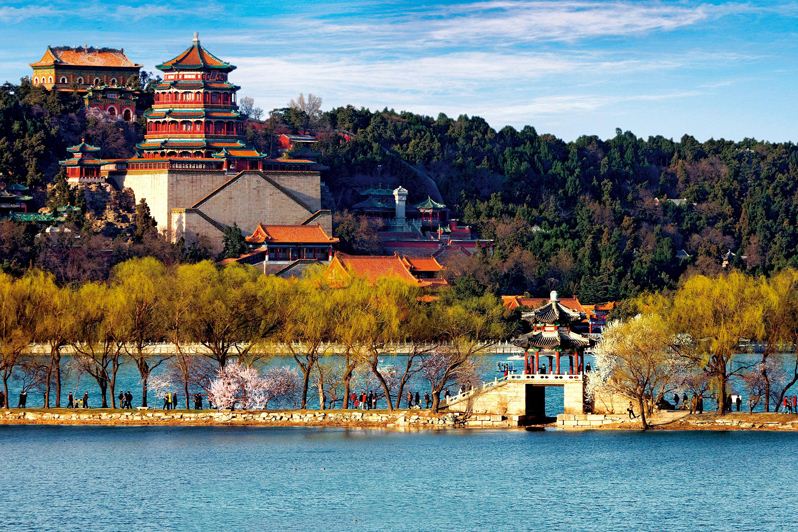
This is the pinnacle of classical Chinese gardens and the most complete imperial gardens preserved to this day. It includes the Longevity Hill and the Lake Kunming, with pavilions, terraces and pavilions step by step. The water of Kunming Lake is very clear, the view is immense, the murals in the hallway are the most classic. The lotus flowers and goldfish in summer are especially beautiful, and the deep winter snowfall is also beautiful.
































